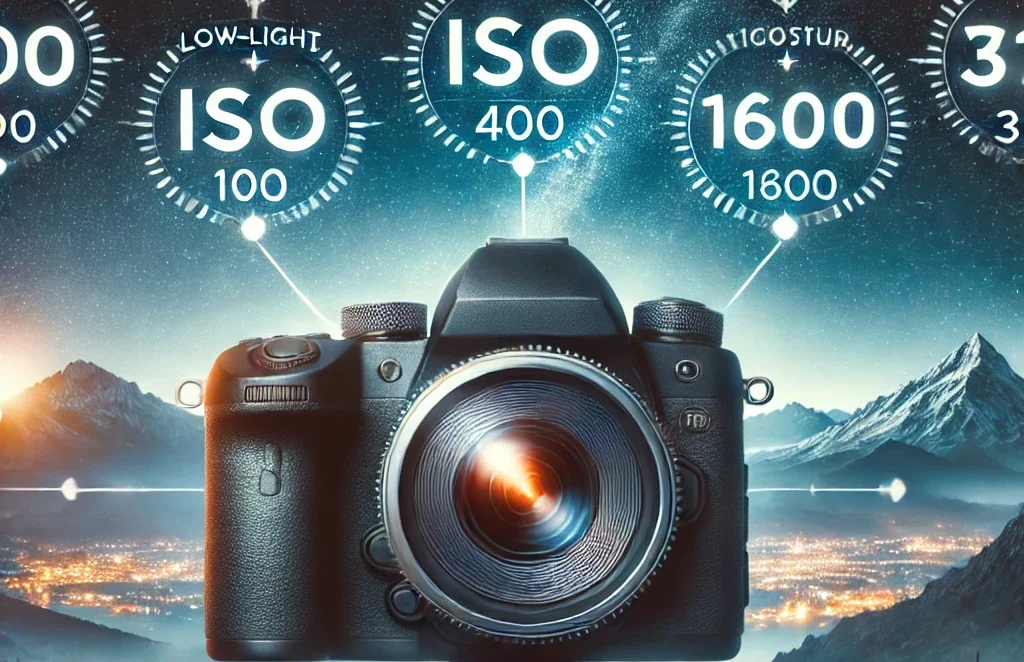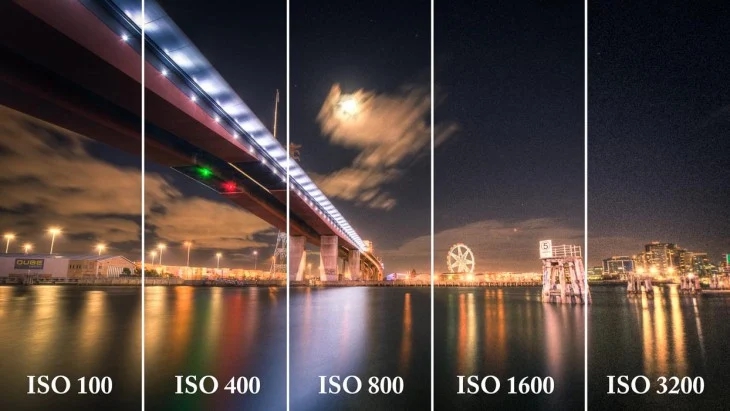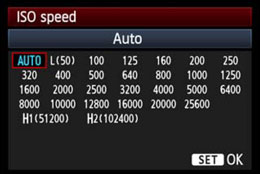
Photography depends on how you capture light, and it also helps to understand ISO (a crucial step in understanding your camera settings). ISO plays an important role in determining the brightness and quality of your images. But how do we know the exact function of ISO? Let’s break it down for you in a simple way so you can take better pictures with grace.
Understanding ISO in Simple Terms
ISO is a setting in the camera that controls how bright and dark your picture will appear. If you increase the ISO, you will see a brighter picture, and if you decrease the ISO, you will see a darker picture. This feature is very helpful especially when you shoot in low light conditions. Moreover, ISO enhances the quality of any image. ISO produces grains and noise in the picture. In this way, a picture will look less sharp. This is the reason that photographers like to keep their ISO low while maintaining a correct posture.
The Meaning Behind ISO
The term ISO stands for “International Organization for Standardization”. However, in the world of photography, it refers to a specific scale that measures light sensitivity in cameras. This standard was built to check the efficiency of ISO in different cameras. It was originally applied to film photography, but many digital cameras maintain familiar brightness levels.
Choosing the Right ISO Setting

Different cameras have different ranges of ISO values. It starts from ISO 100 and goes up to ISO 6400. This value may be even higher in advanced cameras. The setting of ISO depends on the condition of lightning and the type of shoot you want to capture.
For shooting on a bright, sunny day, keep your ISO at 100 or 200. This value is ideal because you have to work in plenty of natural light. Moreover, if you are photoshooting at night or in dim light, you need to raise the ISO to 800, 1600 or higher to get your desired amount of brightness.
The Relationship Between ISO, Shutter Speed, and Aperture
ISO is one of the strongest pillars of photography. It consists of two more pillars including shutter speed and aperture. By increasing your ISO, the sensors of your camera become sensitive to light which results in faster shutter speed or smaller aperture. For instance, if you have to shoot a moving subject like a bird, you need a fast shutter speed to freeze its action. ISO helps to click details in dark conditions.
The Drawbacks of High ISO
![]()
When we use ISO in low light conditions, it gives off a heavy noise. At the same time, noise appears as a grainy texture in your picture that reduces the sharpness and clarity of a picture. However, higher end cameras handle noise in a better way. We can reduce the noise by changing the setting of ISO smartly. If there is an issue in your image that looks too dark, then try to adjust the settings of your ISO. Tripod can also help in this condition. Tripod also reduces the camera shakes which results in good and sharp pictures.
When to Use Low ISO
Low ISO settings are recommended if photos are taken in natural light, like in the daytime. This produces natural image quality with less noise. If you are shooting in any location at the time, keeping low ISo will result in sharp and detailed pictures without extra noise. Even in dim light, use minimal values of ISO only in a condition if you have a tripod. This allows for a long shutter speed with less blurriness.
When to Use High ISO
When there were old times, it was necessary to increase the value of ISO for getting better shots. If you are capturing motion photography, ISO is used along with fast shutter speed that prevents motion blurriness. However, using a low shutter speed can cause motion blur. Some photographers also use high ISO for artistic effects. Moreover, grainy images can add a vintage look to photographs.
Auto ISO: A Useful Tool

Most modern cameras carry an Auto ISO feature that lets the camera automatically adjust ISO as per lighting conditions. This is very useful for allowing photographers to react fast when their light changes considerably, such as in travel or event photography.
With Auto ISO, you usually have a setting that lets you prevent the camera from using too high of an ISO in extreme low-light cases. You could tell the camera you do not want to use a maximum ISO value greater than 1600 and be certain your camera won’t exceed this in very low-light situations.
Ideal ISO Values by Situations
Outdoor/Daylight Shooting: ISO 100-200
Indoor/Available Light Photography: ISO 400-800
Low-Light or Night Photography: ISO 800-3200 (with noise reduction techniques)
Action and Sports Photography: ISO 800-3200 (depending on the lighting conditions)
Concerts and Events: ISO 1600-6400 (depending on the brightness of the venue)
Final thoughts on ISO:
An ISO is quite a powerful tool in photography, allowing most photography experts to adapt to changing lighting situations. While the ideal should be to keep the ISO low due to the potential compromise on image quality, there are moments when that can’t be helped in gaining the right exposure. The bottom line is to balance those three: ISO, shutter speed, and aperture, and get that perfect picture.
By experimenting with ISO, you will become confident in how to adjust it. This understanding will not only improve your photography skills but also provide you with greater creative control over your images. So go ahead, grab your camera, play a little around with ISO, and see how it changes the way you capture the world!

